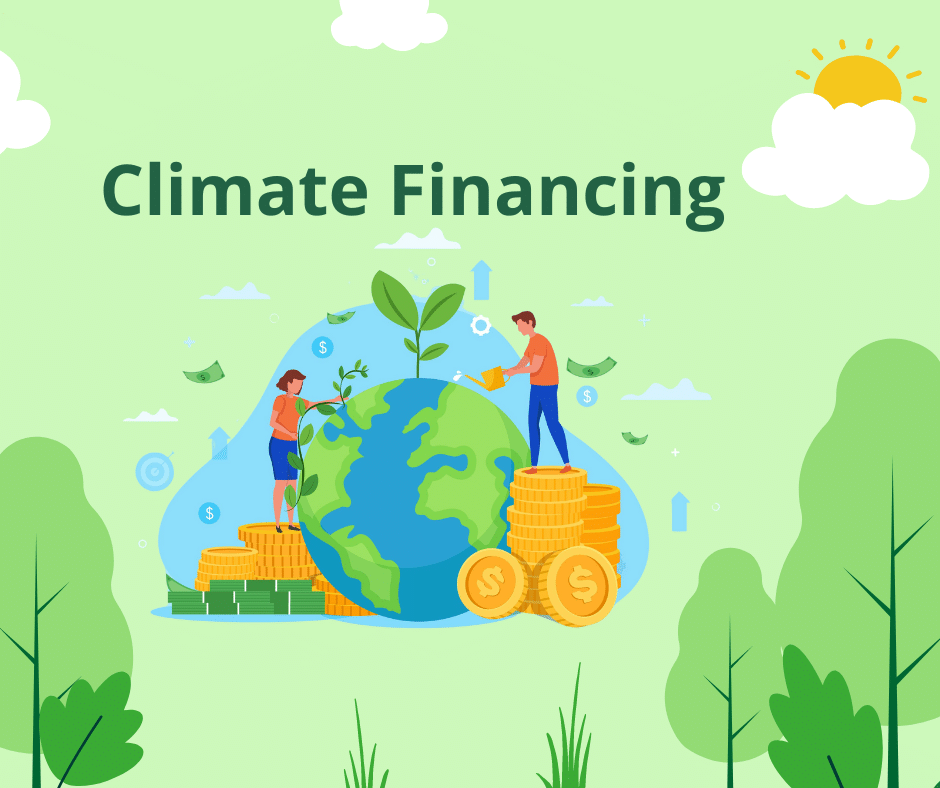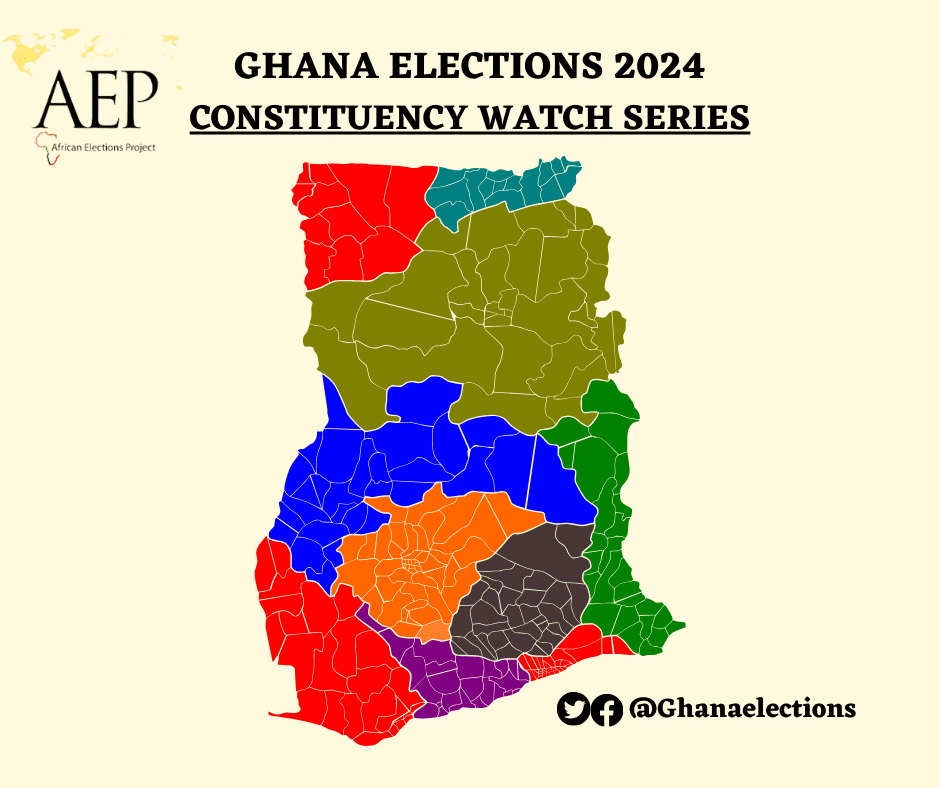Climate change has become an incredibly relevant and pressing issue in today’s world. Irrespective of where one stands on the climate change debate, there is a consensus that climate change is an important issue for discussion.
Various studies have highlighted the escalating impact of climate change in the country, with the poorest and most vulnerable communities especially in rural farming communities experiencing the greatest hardships. The consequences include land degradation, loss of biodiversity, water scarcity, reduced agricultural output, hindered economic growth, food insecurity, health risks, and declining agro-ecological productivity due to rising temperatures and shifting unpredictable precipitation patterns.
In Ghana, the Ministry of Environment, Science, Technology and Innovation (MESTI) coordinates climate change activities with the Environmental Protection Agency (EPA) providing technical support. In the same light, there are a number of commitments and policies which provide strategic direction and co-ordinates issues of climate change in Ghana. They include but are not limited to: the National Climate Change Adaptation Strategy (2012), Ghana National Climate Change Policy (2013), the National Energy Policy (2010), and Ghana’s National Adaptation Plan Framework (NAP) 2018. Others include the Proposed Climate Change Bill (2023), ECOWAS Policy for Disaster Risk Reduction (2006), NEPAD Action Plan for the Environment Initiative, the Ghana Forest and Wildlife Policy, 2012 and many others.
At the heart of all these climate interventions is climate finance – the “fuel” that is needed to realize or achieve the ambiguous targets put forth in Ghana’s Nationally Determined Contributions and other action plans captured in various blueprints to address climate change. According to UNDP, finance remains a fundamental barrier to the acceleration of climate action in developing countries, including Ghana.
Over the years, both the government and the private sector have mobilized funds in an attempt to meet Ghana’s developmental needs and carve a path for a sustainable future. However, there still remains a significant gap in meeting Ghana’s climate finance needs. For instance, the analysis of climate finance flows in Ghana, as conducted by the Climate Policy Initiative, reveals a concerning disparity between the funds tracked and the investment required to meet the nation’s climate goals. Specifically, the annual average of USD 830 million recorded in both 2019 and 2020 represents only a fraction – between 5% to 9% – of the estimated investment needed, which falls within the range of USD 9.3 to 15.5 billion. This significant shortfall underscores the urgent necessity to enhance climate finance initiatives in Ghana to effectively fulfill the country’s Nationally Determined Contributions (NDCs), as highlighted by the United Nations Framework Convention on Climate Change (UNFCCC) in 2021.
For many experts, this gap is likely to grow wider as countries often underestimate their financial needs due to a lack of capacity and guidance to make accurate assessments, especially on adaptation and a lack of data from subnational governments and vulnerable communities (CPI, 2022).
According to COP28 President Dr. Sultan Al Jaber, mobilizing trillions necessary to fund the climate transition won’t happen “without a concerted effort from governments, international financial institutions, and the private sector to reform the current financial architecture and better align global and domestic financial flows with the world’s climate goals.”
This raises the all-important question of what the government can do to address the widening climate financing gap.
First, government must create the needed business environment for private sector to thrive. For instance, putting in place the right policy incentives and instruments would allow banks to support Small and Medium Enterprises (SMEs). Government can institute credit guarantee instruments that will allow banking institutions to fund climate smart investments.
Additionally, enhancing the tracking of climate finance requirements is important. While the development of CLIMFINTRACK demonstrates progress by providing a tool for tracking public sector climate finance; there remains a notable gap in effectively monitoring and reporting climate-focused investments, especially from the private sector. It is essential to establish a robust system dedicated to tracking and reporting funds received by the private sector. This system should aim to create a baseline for climate finance, serving as a crucial step toward bridging the investment gap.
On the other hand, developed nations, as a matter of urgency, must restore trust in the finance system. Developed nations must stay committed to contributing towards raising $100 billion each year as promised towards supporting developing countries. There is also the need to operationalize the loss and damage fund to enable vulnerable nations to respond appropriately to climate change impacts.
Addressing climate change is not a one-sided task. Although significant steps have been taken, the government needs to step up. The government must review its range of policy interventions and financing measures to support the transformation of sectors like energy and agriculture while at the same time encouraging the adoption of sustainable practices.






